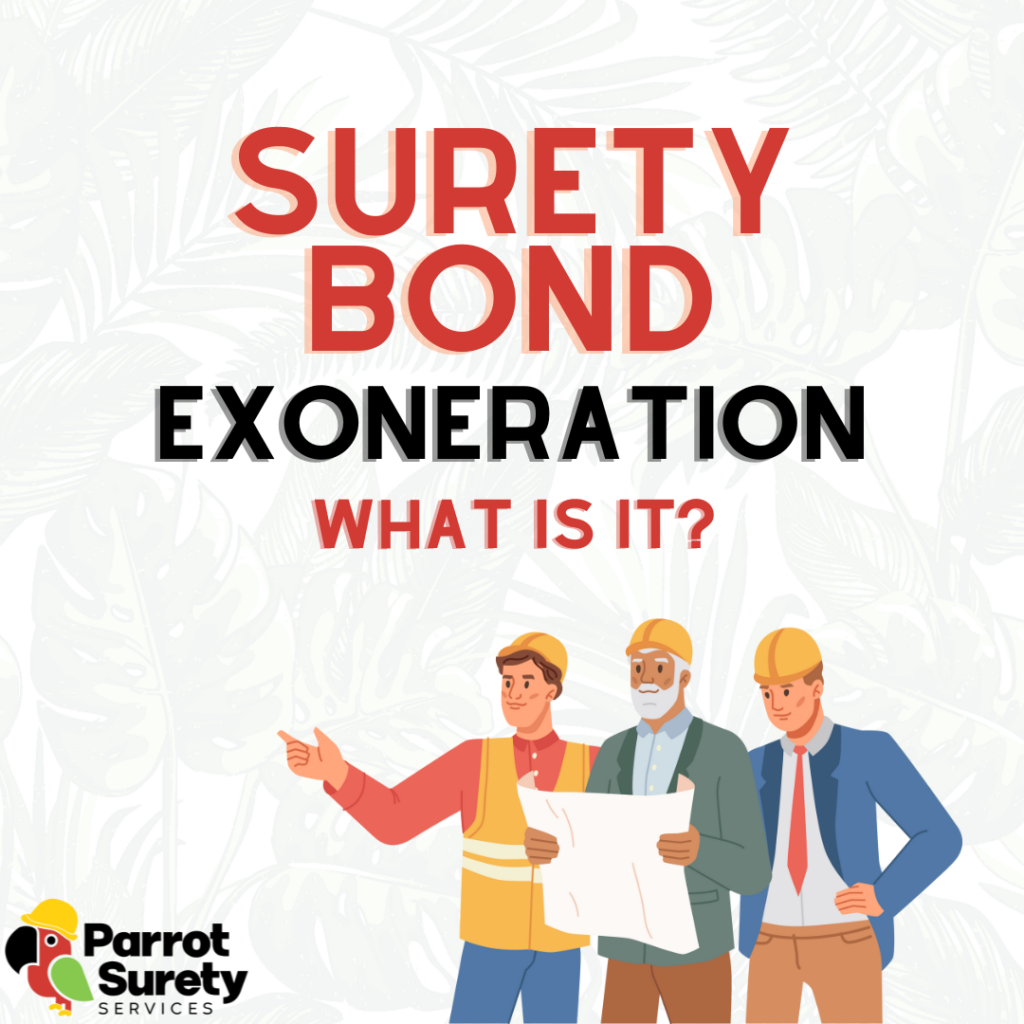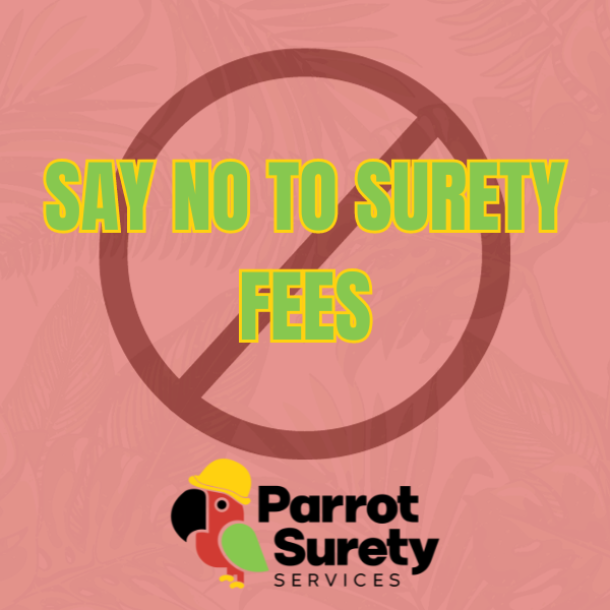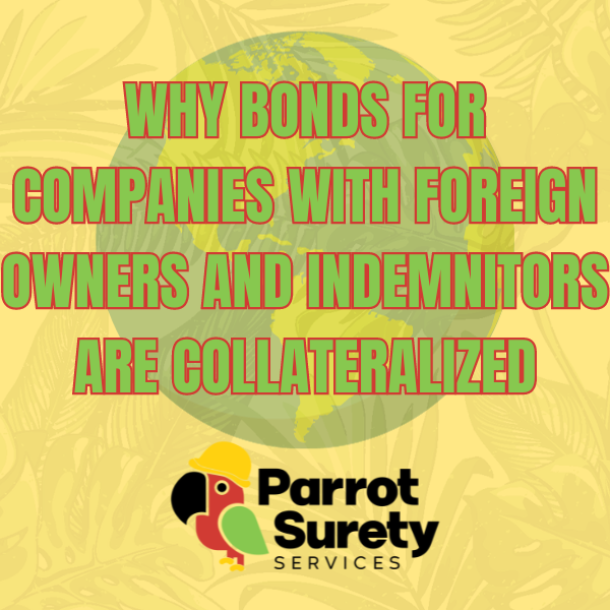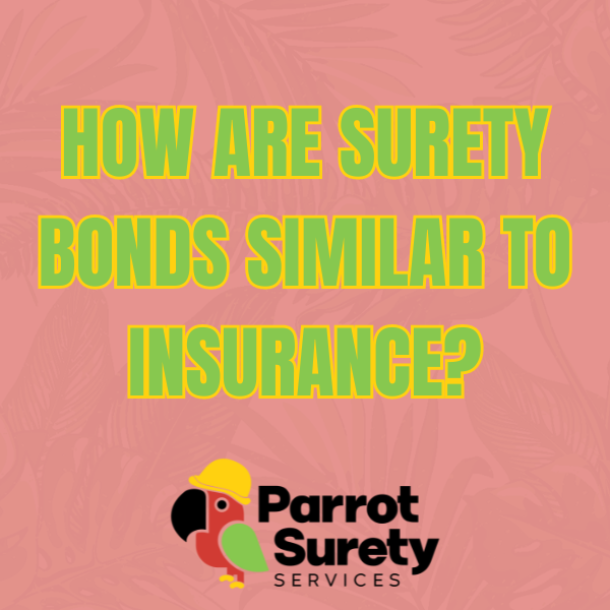What is Surety Bond exoneration?
Surety bonds play a pivotal role in various industries, acting as a financial safety net, ensuring that contractual obligations are met. They involve three parties: the principal (who purchases the bond), the obligee (the party requiring the bond), and the surety (the party issuing the bond and vouching for the principal). But what happens once the bond’s stipulated obligations are fulfilled? This formal process of releasing the bond is termed ‘exoneration.’
Exoneration of a surety bond takes place when the principal’s obligations to the obligee are completely satisfied. In simple terms, once the terms of the bond have been met and there are no outstanding claims, the bond is considered exonerated, freeing the surety from any further responsibility. It is a great idea for principals to mitigate financial risk by seeking formal exoneration once they know their obligations are met, especially in cases of continuous bonds, to ensure they are not held liable for any future obligations. Often, the exoneration process will require written documentation from the obligee that the project has been completed or reached substantial completion in order to release the obligations of the bond. Always keep in mind that each bond and situation might have its unique conditions, so it’s essential to consult with experts and read the bond’s terms closely to understand the specific exoneration process.
If you want an agent who is familiar with the surety bonding process and who can maximize your surety bond program, then look no further than one of Parrot Surety Services’ Surety Bond Specialists. Parrot is the premier surety agency in the United States for advising and managing all types of surety bonds and bond programs.

Surety bonds play a pivotal role in various industries, acting as a financial safety net, ensuring that contractual obligations are met. They involve three parties: the principal (who purchases the bond), the obligee (the party requiring the bond), and the surety (the party issuing the bond and vouching for the principal). But what happens once the bond’s stipulated obligations are fulfilled? This formal process of releasing the bond is termed ‘exoneration.’
Exoneration of a surety bond takes place when the principal’s obligations to the obligee are completely satisfied. In simple terms, once the terms of the bond have been met and there are no outstanding claims, the bond is considered exonerated, freeing the surety from any further responsibility. It is a great idea for principals to mitigate financial risk by seeking formal exoneration once they know their obligations are met, especially in cases of continuous bonds, to ensure they are not held liable for any future obligations. Often, the exoneration process will require written documentation from the obligee that the project has been completed or reached substantial completion in order to release the obligations of the bond. Always keep in mind that each bond and situation might have its unique conditions, so it’s essential to consult with experts and read the bond’s terms closely to understand the specific exoneration process.
If you want an agent who is familiar with the surety bonding process and who can maximize your surety bond program, then look no further than one of Parrot Surety Services’ Surety Bond Specialists. Parrot is the premier surety agency in the United States for advising and managing all types of surety bonds and bond programs.






